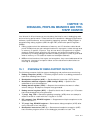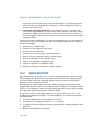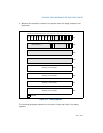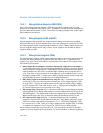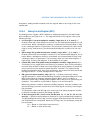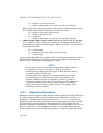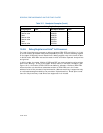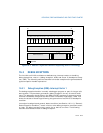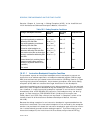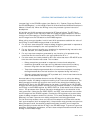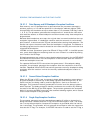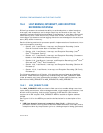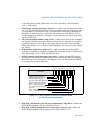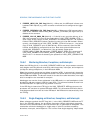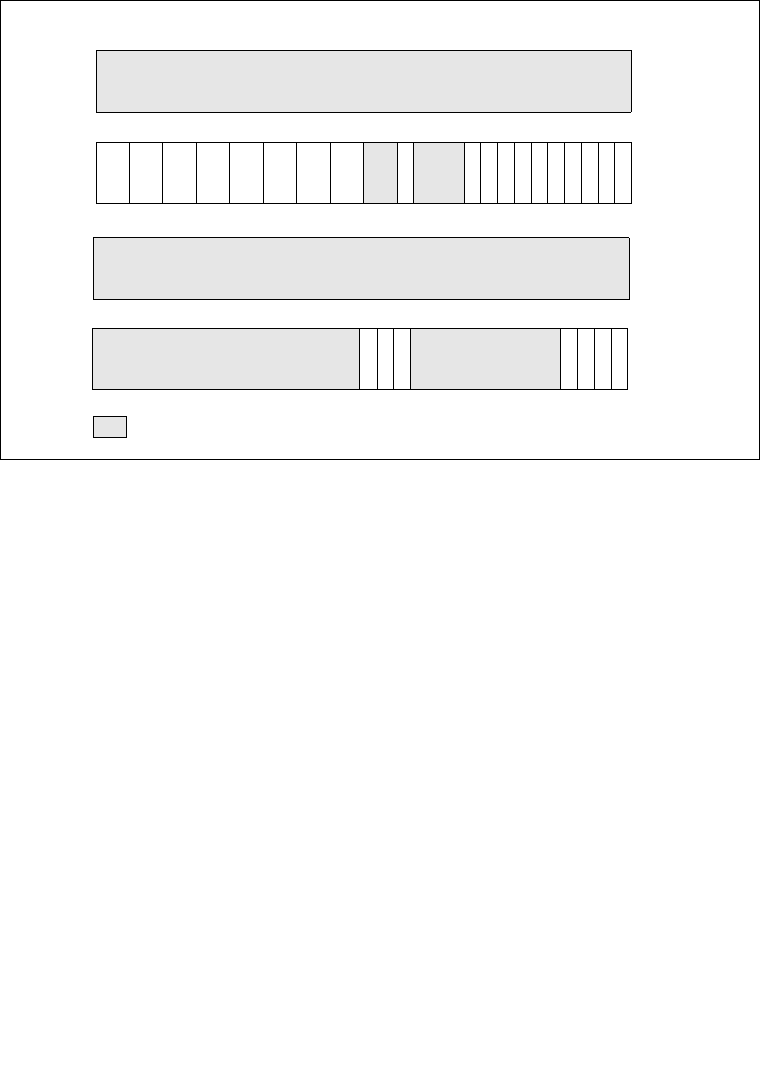
Vol. 3 16-9
DEBUGGING, PROFILING BRANCHES AND TIME-STAMP COUNTER
16.3 DEBUG EXCEPTIONS
The Intel 64 and IA-32 architectures dedicate two interrupt vectors to handling
debug exceptions: vector 1 (debug exception, #DB) and vector 3 (breakpoint excep-
tion, #BP). The following sections describe how these exceptions are generated and
typical exception handler operations.
16.3.1 Debug Exception (#DB)—Interrupt Vector 1
The debug-exception handler is usually a debugger program or part of a larger soft-
ware system. The processor generates a debug exception for any of several condi-
tions. The debugger checks flags in the DR6 and DR7 registers to determine which
condition caused the exception and which other conditions might apply. Table 16-2
shows the states of these flags following the generation of each kind of breakpoint
condition.
Instruction-breakpoint and general-detect condition (see Section 16.3.1.3, “General-
Detect Exception Condition”) result in faults; other debug-exception conditions result
in traps. The debug exception may report one or both at one time. The following
sections describe each class of debug exception.
Figure 16-2. DR6/DR7 Layout on Processors Supporting Intel 64 Technology
31
24
23
22
21 20 19 16
15
13
14 12 11
8
7
0
DR7
L
Reserved
0
123456
910
1718
252627282930
G
0
L
1
L
2
L
3
G
3
L
E
G
E
G
2
G
1
G
D
R/W
0
LEN
0
R/W
1
LEN
1
R/W
2
LEN
2
R/W
3
LEN
3
31
16
15
13
14 12
11
8
7
0
DR6
B
0
123456
910
B
1
B
2
B
3
0111111111
B
D
B
S
B
T
63
32
63
32
DR6
DR7
00
001
Reserved (set to 1)



